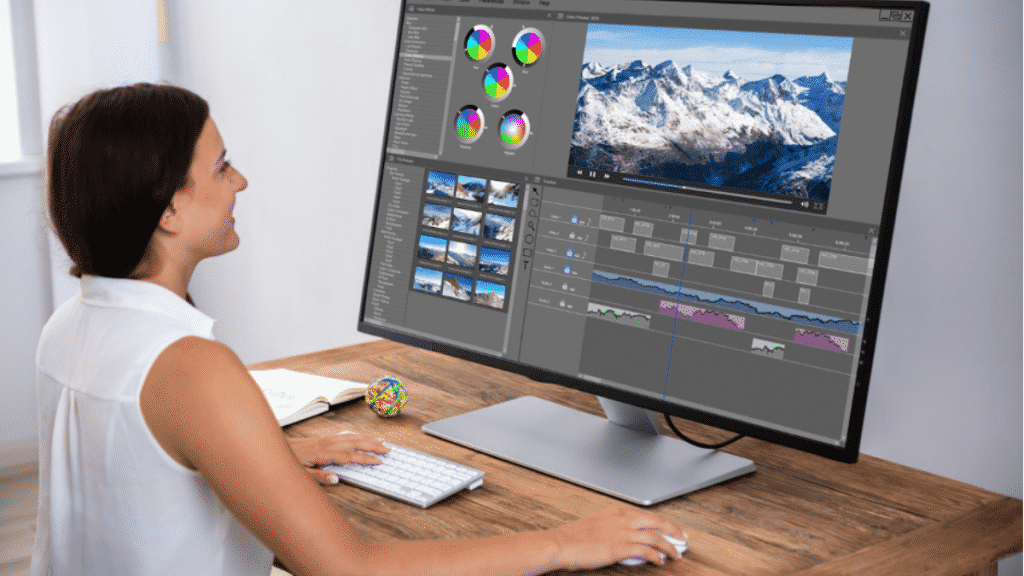Did you know that the basics of photographic technology were in use as long ago as the 5th century B.C.E.? Back then, images were simply projected onto surfaces. It wasn’t until the early 1800s that more permanent photos emerged.
It’s incredible to think that we’ve gone from simple projections to numerous types of digital image formats that can be shared across multiple mediums: from TV to smartphone to computer.
Read on to explore the image file formats in use today and how to get the most out of your images.
Common Image File Formats
When manipulating, sharing, or saving images, you can use one of the following file formats:
- JPG: Joint Photographers’ Expert Group
- PNG: Portable Network Graphics
- BMP: BitMaP
- TIFF: Tagged Image File Format
- PDF: Portable Document Format
- EPS: Encapsulated PostScript
- GIF: Graphics Interchange Format
How do you know which file to use?
Each format has a specialty. For example, a JPG is a small file that makes sharing an image easy, whereas designers prefer TIFF files due to the level of detail they retain.
Lossy vs. Lossless Digital Images
Of the image types listed above, some file formats are lossless, and some are lossy.
Lossy images are not perfect copies of the primary image. They sacrifice some quality and details to create a smaller file. Lossless images save an image exactly, pixel-by-pixel, but as a result, they are typically far larger in file size.
For example, if you change png to jpg, you’ll remove some of the photo’s detail, but the file you end up with will be smaller in size. This is useful, for example, when adding images to a website. You want to use smaller files, so they load quickly.
RGB vs. CMYK
When it comes to understanding different types of image file, you also need to be aware that some files use RGB to process, define, and present color, whereas some use CMYK.
Most of the files you’ll deal with as a photographer, marketer, or someone simply saving photos for memories use RGB: TIFF, PNG, and JPG. RGB files can be opened and edited in almost any image editing software.
Printers, graphic designers, and marketers—anyone who deals with printed materials—need to understand CMYK files, such as EPS files, too. CMYK stands for the colors used in printing: Cyan, Magenta, Yellow, and Black. CMYK files need specialist software to open and use them.
Image Files Size and Dimensions
Before you convert your images to another file format or resize them, you need to think about where you plan to publish them. Different platforms have different file and dimension requirements, from a WordPress blog to your Facebook business page.
And don’t forget, if you need images in multiple file sizes, export any new pictures from the highest quality file you have available. This will ensure you don’t suffer from too much degradation of quality.
Image File Formats: Know What Works for You
As you can see, when it comes to understanding image file formats, things get technical quickly.
Graphic designers and photographers spend hours reading about the best formats to use to ensure their images appear how they want them to. If you’re unsure which files to use for your projects, don’t hesitate to take one of the many courses available online.
For more savvy tech advice, head back into our blog and read our other articles.
